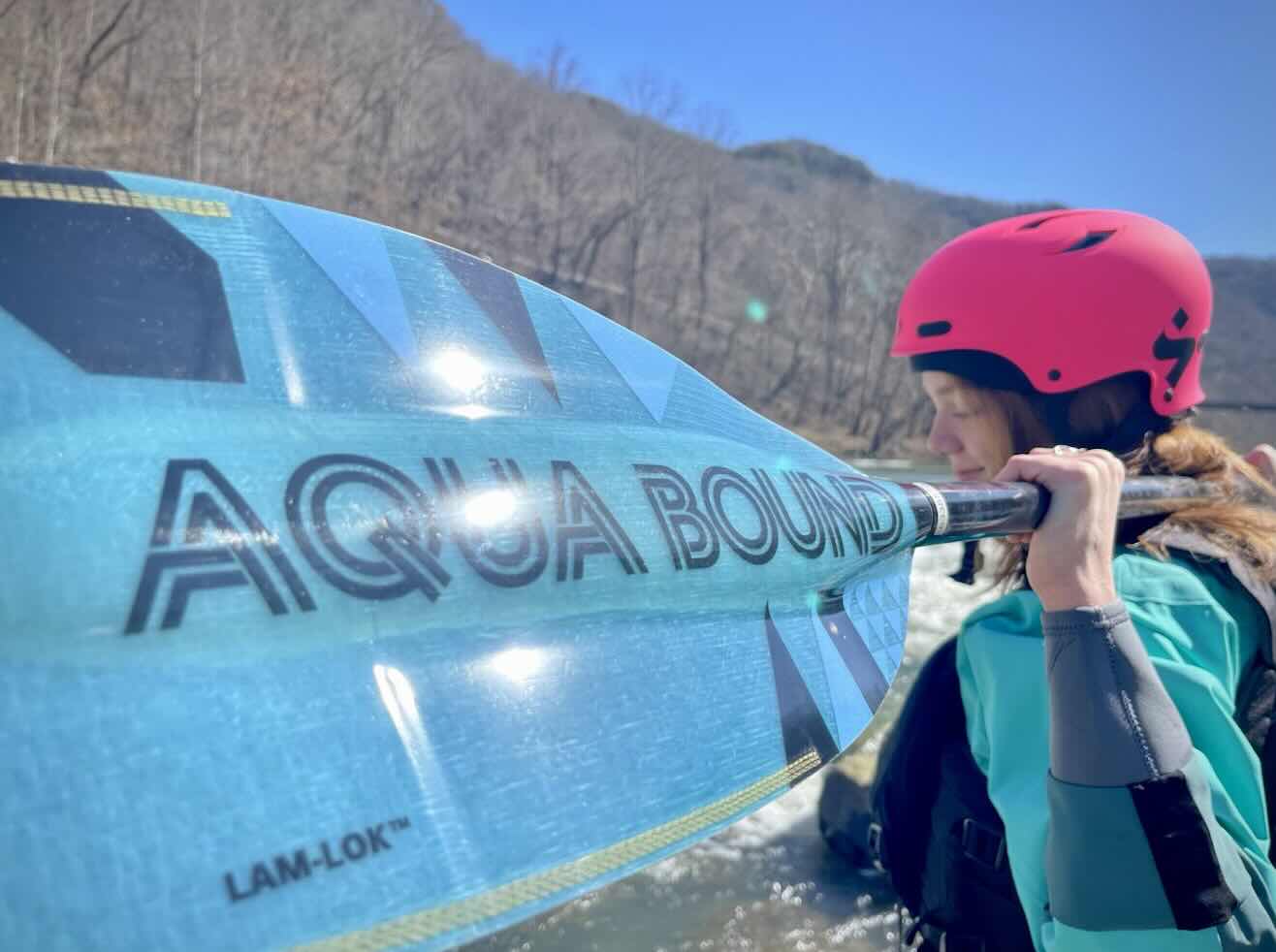May 6, 2025
Whitewater Kayaking Safety 101 – What You Need to Know
Whitewater kayaking is an exhilarating and adventurous sport, but it also comes with its own set of risks. Whether you’re just starting or looking to brush up on safety protocols, understanding the proper gear, skills, and precautions is essential for a safe and enjoyable experience on the river. With ACE Adventure Gear, you can trust that you’re equipped with the best gear for every adventure, and with the ACE Adventure Kayaking School, you’ll elevate your skills and whitewater game through expert instruction.

1. Gear Up Properly
Before hitting the water, ensuring you have the right gear is crucial. A helmet is a must to protect your head from potential impacts with rocks and other obstacles. A Personal Flotation Device (PFD) designed for whitewater is equally important—this high-buoyancy life jacket will keep you afloat if you find yourself in the water. A spray skirt will help prevent water from flooding your kayak, which is essential for staying dry and safe in rough conditions. Depending on the water temperature, you may also want a dry suit or wetsuit to regulate your body temperature and prevent hypothermia. Proper footwear, such as sturdy water shoes with good grip, is necessary for traction on slippery rocks and to protect your feet in the water. Additionally, having a throw rope and a whistle can make all the difference in an emergency, allowing for quick rescues and communication. At ACE Adventure Gear, you’ll find high-quality, reliable gear to ensure you’re fully prepared for whatever the river throws your way.
2. Learn Basic Rescue Techniques
In whitewater kayaking, it’s not just about paddling—being able to rescue yourself and others is vital. One of the first things you should learn is the wet exit, which is how to safely exit your kayak if it flips over. Practicing a T-rescue will also help, as it’s a method where another kayaker helps you right your boat if you get stuck or flipped. Knowing how to perform a self-rescue—such as using the Eskimo roll to get your kayak upright again—can be incredibly helpful in avoiding dangerous situations. In case of a more serious emergency, throw rope skills are essential. Knowing how to throw a rope and receive one can save lives in swift water conditions.
3. Know the River & Conditions
Before paddling, it’s important to understand the class ratings of the river you’ll be on. Rivers are categorized from Class I (easy) to Class V+ (extreme), so knowing what to expect will help you assess whether the river is appropriate for your skill level. Always scout rapids before attempting them—if you’re unsure about a rapid, it’s best to get out of your kayak and inspect it. Being able to read the water is a vital skill; look for eddies, strainers (fallen trees), and hydraulics, which can pose significant hazards. Checking the weather and water levels is equally important, as they can change rapidly, turning manageable rapids into dangerous ones.
4. Paddle With a Group
Whitewater kayaking should never be done alone. Always paddle with others, whether experienced friends or a guided group. The buddy system ensures you have someone watching your back in case of trouble. It’s also a good idea to set safety positions before entering challenging sections of the river, like designated eddies or stopping points where everyone can regroup if necessary.
5. Master Essential Paddling Skills
To safely navigate the river, you’ll need to master a few basic paddling techniques. The forward and reverse strokes are essential for efficiently moving through the water and controlling your kayak. Bracing is another important skill that prevents you from tipping by providing paddle support in turbulent water. Eddy turns and peel outs are useful for safely entering and exiting currents. Additionally, learning how to roll your kayak is an essential skill for self-rescue in case you flip. If you’re looking to elevate your skills and whitewater game, the ACE Adventure Kayaking School offers expert instruction to take your paddling to the next level.
6. Know Emergency Procedures
In the event of an emergency, it’s vital to know how to act quickly and stay calm. If you do find yourself in the water, swim smart—keep your feet up and point downstream to avoid foot entrapment, a common danger in swift water. Always stay with your kayak, as it provides buoyancy and makes you more visible to rescuers. If the situation becomes more dire, it’s important to know when to let go of your kayak and prioritize getting to safety. Having basic First Aid and CPR knowledge can also be a lifesaver in situations where someone needs immediate care.
7. Respect the River & Environment
As a kayaker, it’s your responsibility to protect the environment you enjoy. Always practice Leave No Trace principles by packing out all trash and minimizing your impact on the river and surrounding areas. It’s also important to respect local regulations, which may include specific rules for put-ins, take-outs, and access points. And, of course, be aware of other river users such as fishermen, rafters, and swimmers, giving them the space they need to enjoy the water as well.
Whitewater kayaking is a thrilling sport that offers a sense of adventure and connection to nature, but safety should always come first. By gearing up properly with quality equipment from ACE Adventure Gear, learning key skills at the ACE Adventure Kayaking School, and respecting the river, you can ensure that your kayaking experience is both exciting and safe. Whether you’re just starting out or looking to improve your skills, there are plenty of resources and professional instructors to help you on your journey.
Chris Colin is a raft guide, whitewater kayaker, active caver, and as Special Events Coordinator at ACE he manages, promotes, and executes special events like the Mountain Music Festival.